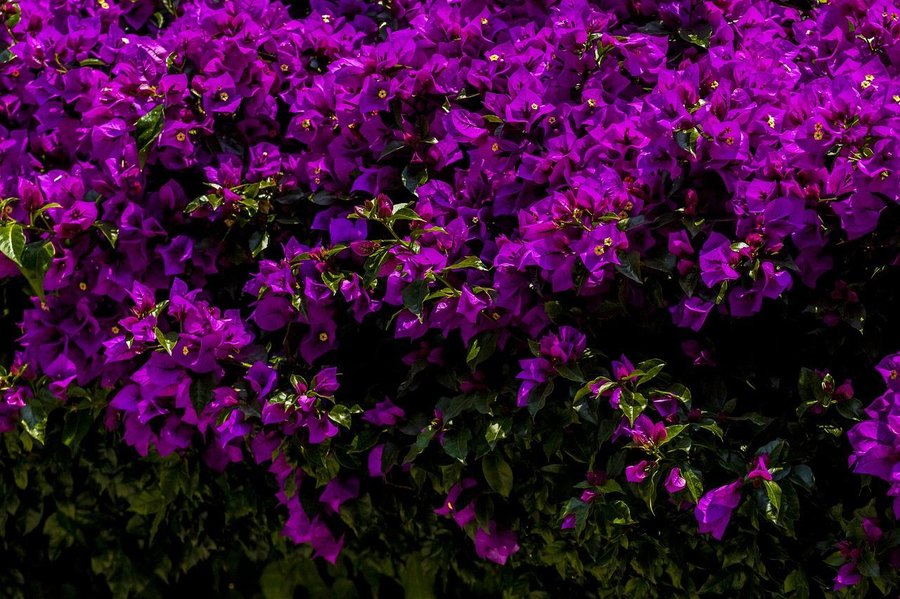The scientific name of this plant is Bougainvillea but depending on the country, a group of different names is opened: Santa Rita, Bougainvillea, Bougainvillea, Papelillo, or Napoleon. It is a Brazilian bush that has apparent flowers of beautiful colors. These are actually left because their flower is white and small. In the following lines, we will show you how to keep the Santa Rita in a pot.

General
The color of the leaves tells us the type of climate they tolerate. The red and pink leaves can withstand all types of weather, provided they have a shelter inside a place. On the other hand, the yellow and white ones are more susceptible to strong climates. Generally speaking, they prefer warm environments.
Care
If we want to enjoy the beauty of Santa Rita in a pot, we have to follow a line of care that is not very complicated. First of all, as it is a climbing plant that is used to humid coastal environments, which are the best for its development. It must receive a lot of sunlight, so it must be located in the part where it gets more sun.
Because the Santa Rita in the pot is characterized by being rustic, it is able to adjust to all kinds of soils but the pot must have a water drainage mechanism because this plant rots if it stores the water after watering. The organic matter provides the soil with many vitamins and minerals that are beneficial to its growth.
Also read: Sprinkle Grass Seed – 2 Beautiful Ways
As for watering, in the summer months, it will be enough to water it 3 times a week. In the cold months, watering should be reduced to once a week to maintain a balance with the humidity since the plant consumes fewer nutrients and water in this season. In this way, it is able to take advantage of the humidity in the environment.
As far as fertilization is concerned, the potted Santa Rita requires it to grow in a lush manner with colorful leaves. We recommend using one with micronutrients to increase the concentration of calcium and prevent diseases, such as iron chlorosis.
Translated and adapted by Noobuzz staff.
Sources: Facilisimo







